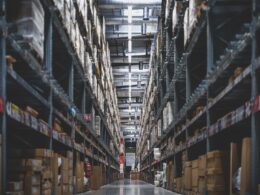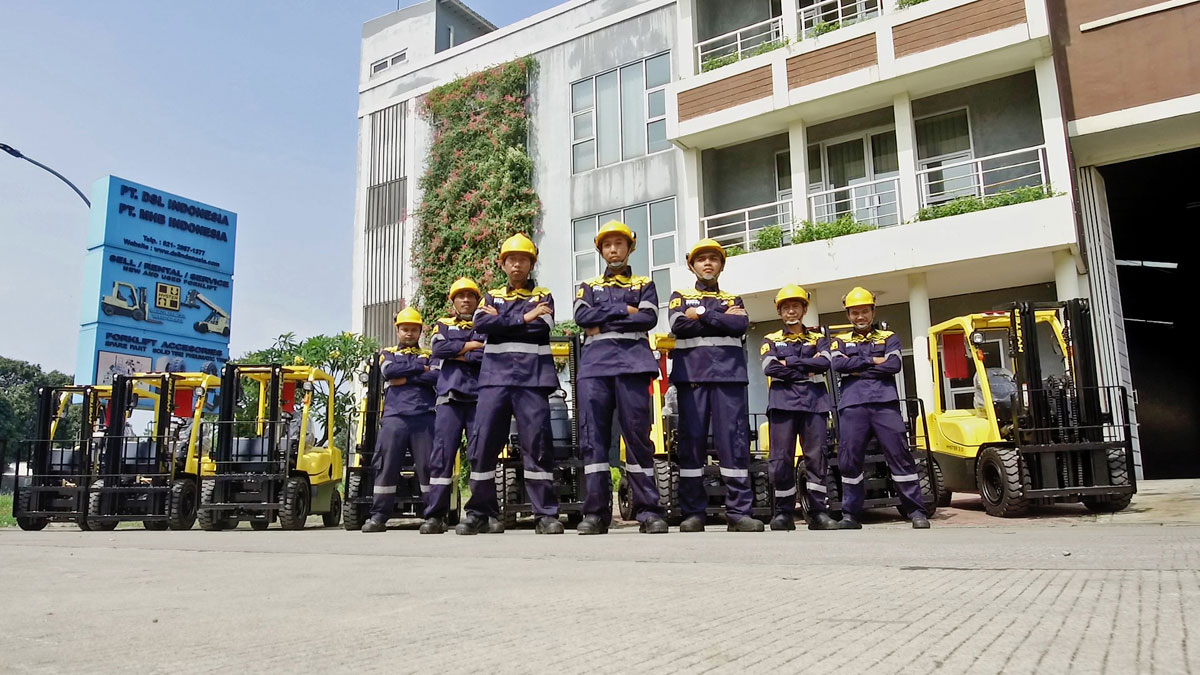Developments in warehouse technology offer businesses the unparalleled chance to transform their warehouses from a cost center to a key strategic asset.
If you don’t take advantage of them, your competitors will.
Technically, your warehouse can still function without these new technologies – your staff can keep picking orders manually, and you can carry on as you have done for the past thirty years. But you’d be missing out, and probably watching helplessly as your competitors left you in the dust.
Below are three technologies that are transforming the strategic importance of warehouses to modern businesses. These will have a significant impact on your warehouse technology expenditure – so make sure you budget accordingly.
We’ll discuss DHL’s use of augmented reality, Walmart and Amazon’s adventures in drone technology and provide some real-world tips on making the most out of predictive analytics.
1. Augmented reality
Often thought of as a consumer-use product, there’s a growing trend for use of augmented reality (AR) in logistics situations.
One of its main applications in the warehouse is ‘vision picking’ – using smart glasses to scan barcodes and visually display where each picked item needs to be placed on the trolley. Early adopter DHL claims its use has resulted in a 40% reduction in human error and 25% increase in productivity.
Elsewhere, augmented reality can help with equipment repair – by allowing off-site support workers to view broken equipment through accessing another employee’s smart glasses, and quality control, with internal audits being able to access glass footage in health and safety reports.
2. Data mining
You’ve probably got an analytics module in your WMS that runs reports on your current data. Your managers can then analyze these reports to adjust processes, streamline workflows and improve overall warehouse performance.
It’s time to start thinking beyond this – what if your logistics software could analyze the report itself and suggest these improvements automatically?
Data mining enables your software to do this. Programs can now analyze your data to find hidden patterns, determine the root cause of an event or predict future performance within a set of variables.
This technology, known commercially as ‘predictive analytics’, is readily available on the logistics software market, but used by comparatively few companies. This is likely to change as skills in this area become more available, so get ahead while you can.
Consider using data mining to forecast demand for particular items and optimize your inventory – predictive analytics can forecast which stock you should hold, where you should hold it and where it should be positioned in the warehouse.
3. Drones
They’re the new technology du jour and Amazon have recently completed their first successful Prime Air delivery.
Yet despite the media’s fixation on drone technology in supply chains, they’re still a medium-term proposition. A recent report by Gartner claims that deliveries with drones “will not be a major factor for several years” due to issues with battery life, and will represent less than 1% of the commercial drone market by 2020.
Perhaps a more immediately available application for drone technology is in automation of inventory activities, with a Frost and Sullivan report predicting cautious adoption of drones in warehouses over the next 15 years.
Walmart is currently piloting this technique in some of its warehouses, and has claimed that its drones can check a full warehouse inventory in a day – a process that would take at least a month to do by hand.
Price-wise, drones are much more feasible for larger enterprises. When you’ll need to deal with them largely depends on the size and sector of your business. Nevertheless, it pays to keep on top of developments and consider potential strategies for further down the road.
Kathryn Beeson, Editor at Explore WMS













